WARNING: Politically incorrect statement coming in 3...2...1...
Men and women are different.
Men and women are differ in a lot of ways, but one of those ways that is relevant for us as audio engineers and producers is how the male and female voices differ.
In general, women speak at a higher pitch—about an octave higher than men. An adult woman’s average range is from 165 to 255 Hz, while a man’s is 85 to 155 Hz.
But, if you have ears, you probably already knew this.
This means we need to look at EQing female vocals differently than male. To EQ female vocals, there are 3 general areas you want to look at:
Add a low-pass filter up to 150-200hz, cut mud around 300hz, remove boxiness around 600hz, and consider adding shelving boost around 6k. If the vocal is too harsh, then add a multiband compressor to tame harshness around 800hz and 4khz.
Cut First
The first step to EQing female vocals is the same as anything else you would EQ. Cut first; boost last.
It makes much more sense to cut out unwanted frequencies before boosting because even if you boost the desirable frequencies, you're still stuck with a composite vocal performance that has offending frequencies contained with in it.
If you were going to bake a cake, it makes much more sense to take out the egg shells you accidentally dropped into the mix than to just cover them up with more sugar.
So start by cutting out what you don't want, and then you can consider boosting after that.
However, you might find you don't really need to boost much, as the true vocal you want might be revealed just by chipping away at what you didn't want.
1. High-Pass Filter
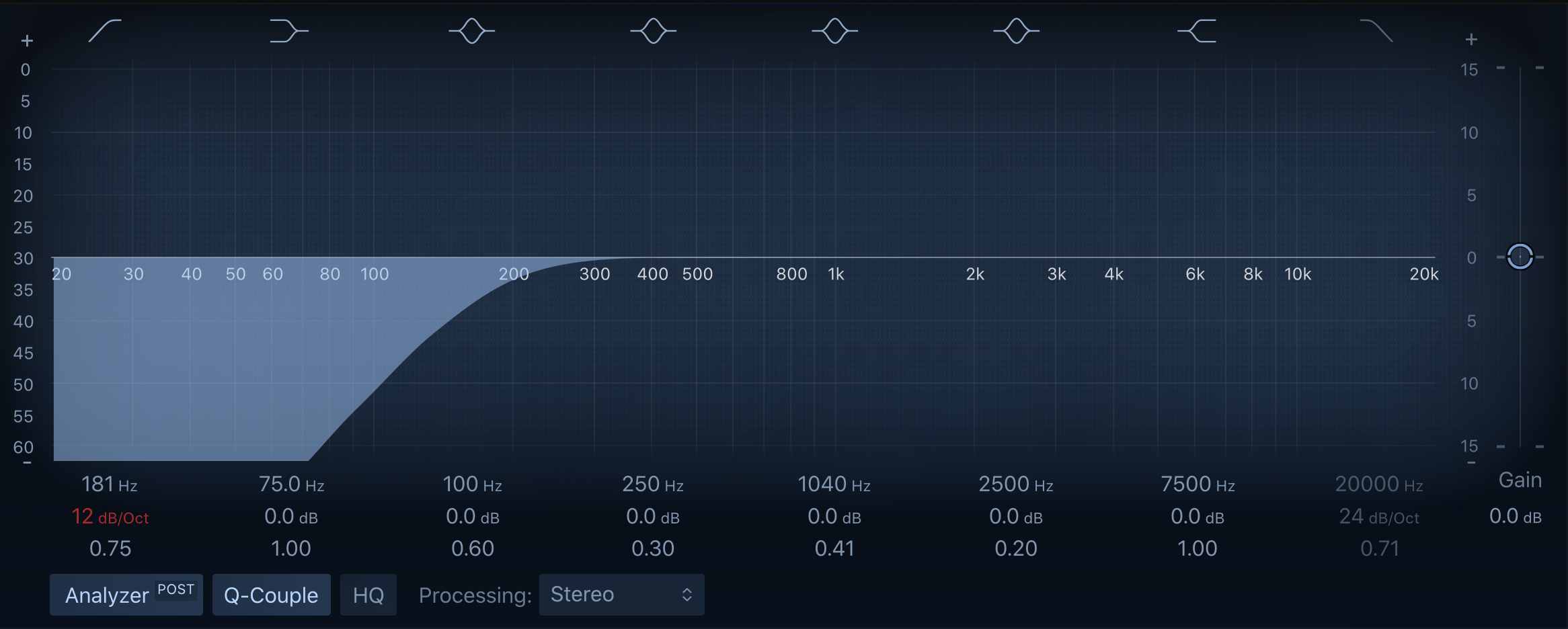
The first thing you want to do is filter the bass, so consider adding a high-pass filter up to about 150-200hz (or just before you start hearing it impact the vocal).
You don't need this frequency range on vocals, and even if you can't hear anything in this range, there is still audio content and energy contained here.
As you add compression and limiting, this content is brought out, and can muddy up your mix.
This is why it's a good idea to high-pass just about every instrument except for your kick and bass.
2. Cut Muddy Low Mids
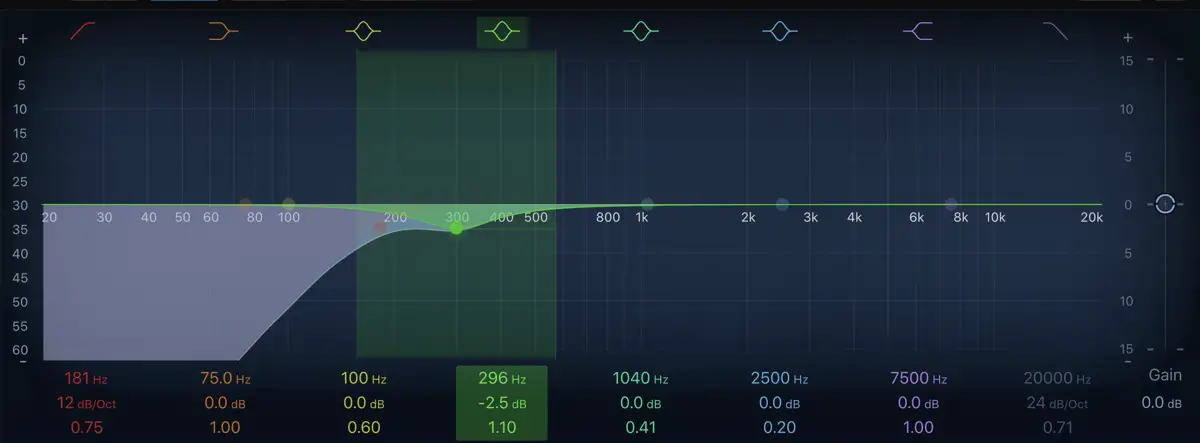
Next, you'll want to look at tackling the low mids around 300-350hz.
A lot of muddiness can build up here, reducing the clarity of the vocal overall. Consider cutting this range.
You'll notice, if working on the vocal in solo, that cutting here might make the vocal sound too thin.
This is because most of the body for the vocal comes from this range.
Therefore, it's true that you don't want to cut too much here. However, when heard with the rest of the mix, having too much build-up in the range can cause the vocal to sound too dark, and cloudy.
So consider doing some gentle cutting here.
3. Cut The Boxy Mids
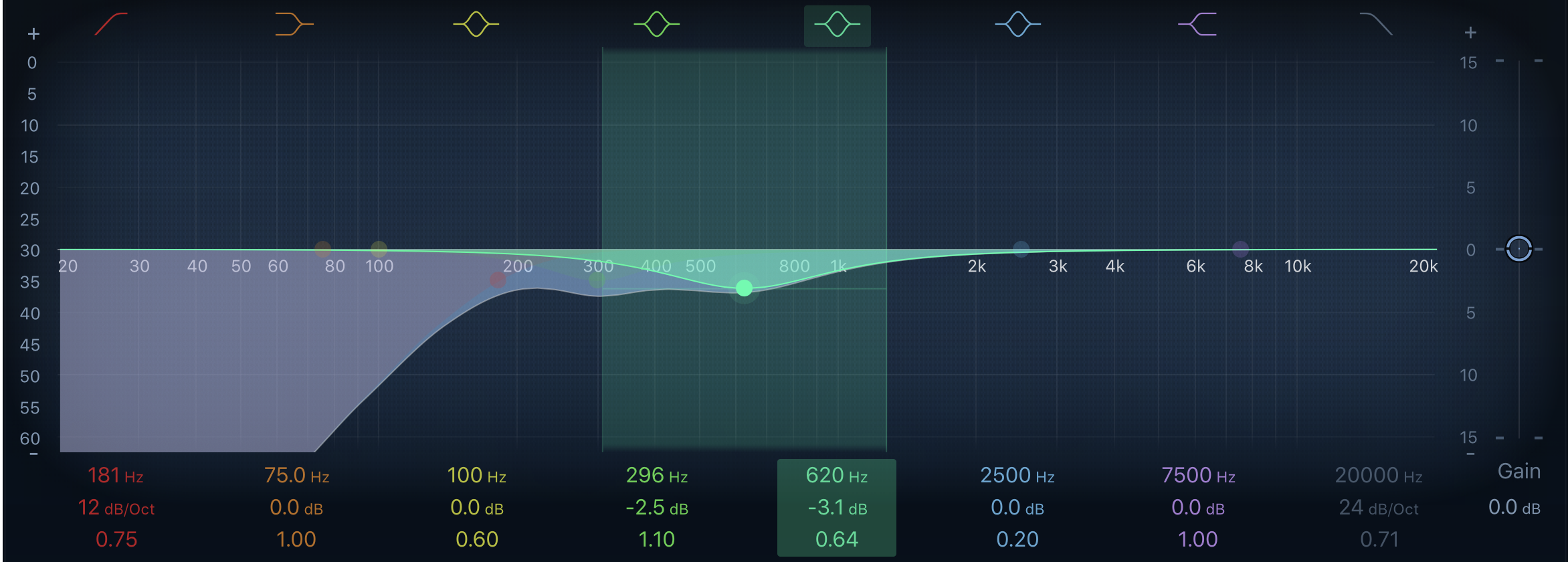
Now we want to cut out some of the frequencies that can cause a "boxy" sound. When soloed, the vocalist literally sounds like they're sining into a cardboard box.
This offending range is around 600hz, so consider doing some cutting here until that boxiness is removed and the vocal gains some clarity.
4. Tame The Harshness
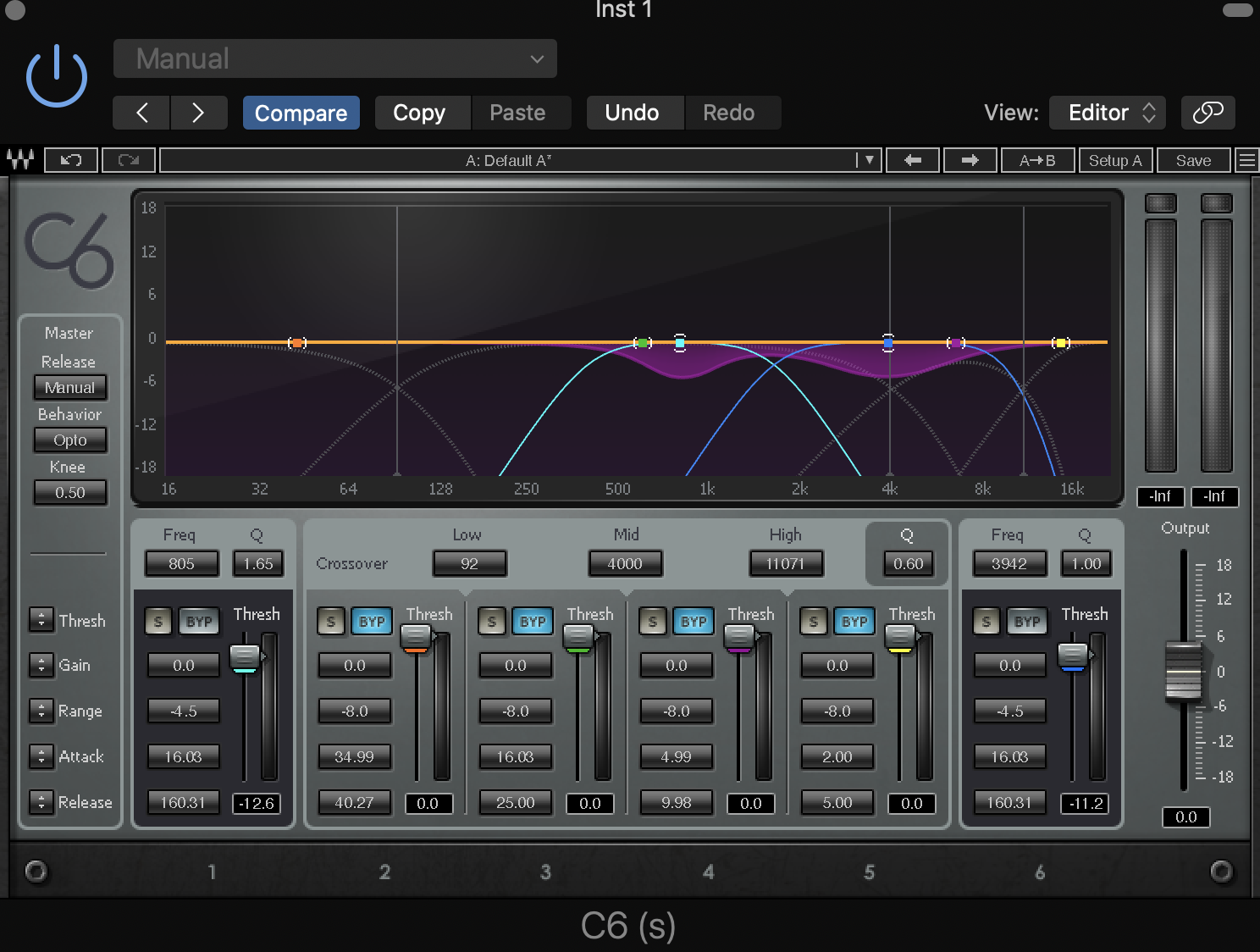
Now we arrive at the tricky part of the female vocal.
We want that great clarity, but not at the expense of adding harshness, as a harsh vocal is going to fatigue your listeners quickly.
So, how do we do this?
Well, you can consider a shelf boost around 6k to add some extra clarity to help your vocal shine through. This is especially great if you're working with a softer female vocal performance.
However, this won't work when she is singing more loudly, or belting out a powerful section of your song. A standard shelf boost will increase the harshness.
To ensure we are ONLY taming the harshness when during those sections when it becomes more present, we'll want to use a Multiband compressor like the Waves C6, or you could use a free one like TDR Nova.
Why Use A Multiband Compressor
When you make an EQ decision, void the use of automation, it's permanent. Once you cut a frequency, it's cut until the the cows come home.
And do you know any cows that I about to show up at your front door any time soon?
However, when you use a multiband compressor, you can surgically cut certain frequency ranges ONLY when they become a problem.
For example, with our female vocals here, we can set the range around 4k where a lot of the harshness will sit, and set the threshold so that the compressor ONLY kicks in when the frequencies in that range peak up above that threshold.
I definitely recommend considering a multiband compressor on female vocals because this is the secret weapon that will enable to to tame that harshness without losing that brilliant clarity.
A Word Of Warning
Every vocal performance is different, so as always, use your ears.
Don't just copy and paste my tips in this article, but use them as a guideline.
Your track and vocal performance might call for slightly different EQ moves.
However, after reading this, you now know what areas to look at, and a handy trick for controlling harshness without diminishing clarity and brightness.
Finish More Tracks, Faster
Creating great-sounding, professional vocals goes a long way toward creating better sounding mixes. After all, your vocals are the backbone of your songs.
But knowing how to EQ vocals is just part of the mixing battle.
If you’re wanting to finish better quality music, faster, then grab my free song-finishing checklist below.
This will walk you through a proven step-by-step mixing process.
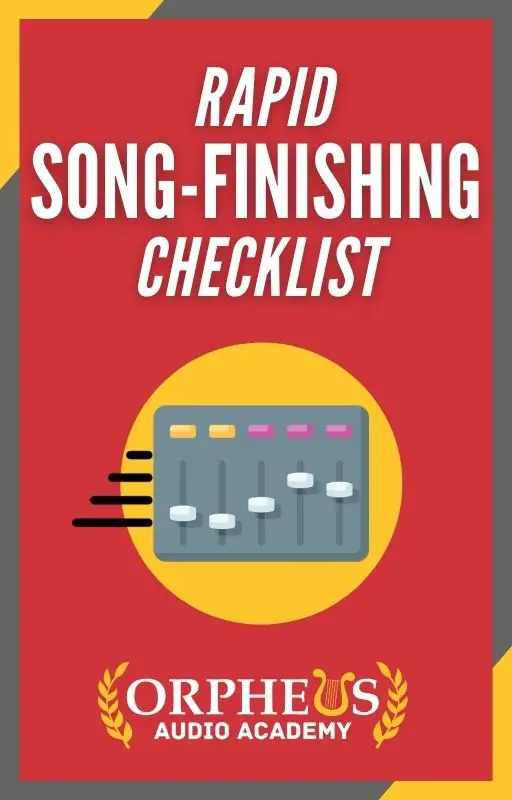
Create Better Songs, Faster
Click below to download my free song-finishing checklist to help you create radio-ready songs without taking months to complete them.
I hope you found this post on, “How to EQ Female Vocals”, helpful!
If so, feel free to share, and let me know in the comments below…

Hi Reagan, thank you for doing this! I am a female singer for my church's worship team. Due to COVID we have started doing live-stream (as most churches have), and our sound team has had to scramble to learn about this new endeavor. They have done great at getting the instruments balanced (we have a full "rock-style" band), however they are challenged with the vocals. The female voices (in particular) sound "thin" and only have what sounds like the "upper register" which sounds weak, and doesnt actually blend with the instruments. It sounds "off." My husband states that it sounds like the band was recorded in the sanctuary, and the voices were recorded in a box somewhere else! lol The live "performance" sounds completely different. It is almost as if they are not capturing any of the mid or low ranges of the voices. Does that make sense? Do you have a suggestion other than the above info on how to EQ a female voice? I will be passing this info along as well! The article is very helpful! Thank you!
Hi Mindy! Glad the article was helpful. I actually used to run sound for a Church, so I know all the different struggles that go into live sound.
When mixing, have you tried bringing up the low mids with EQ on the vocals? Also, what microphones are you using?
– Reagan